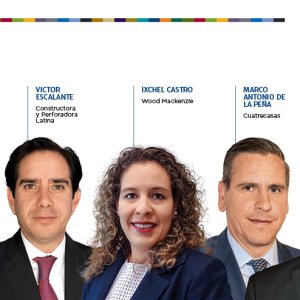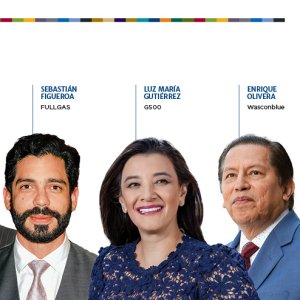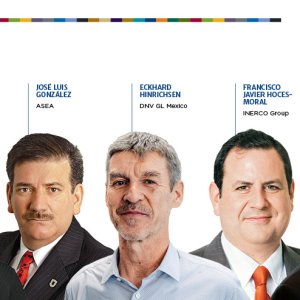
Bridging the Transport Infrastructure Gap
Even though the entrance of the new administration opens the door for new opportunities, trans-sexennial initiatives need to be prioritized to consolidate important infrastructure projects, Ignacio García de Presno, Lead Partner, Global Infrastructure and Projects Group at KPMG in Mexico told the audience during the panel discussion at the Marquis Reforma hotel in Mexico City on Wednesday. “In the past, there has not been a solid planning mechanism for infrastructure projects,” he said. “The industry agenda is linked directly to the political agenda and this decreases project credibility.”
According to Enrique Alonso, Director General of Sacyr Ingeniería e Infraestructuras México, the company has detected a reluctance to invest in infrastructure development. “During this administration, MX$7.7 million were designated to infrastructure development, with priority given to energy, transport, water and roads,” he explained “Sixty-three percent of the total budget was from the government and the rest came from the private sector. This year, investment has grown due to the change of administration, but the industry’s objectives were not achieved.”
García de Presno pointed out that Mexico is a big country, and as it continues to grow, so too does its infrastructure requirements. He said that the change in administration should not serve as a deterrent for projects to be carried out. “KPMG works closely with the three government levels and even though the federation is closing an important period, we have identified important activity in the country’s municipalities and states,” he said. As a project structurer, he calls for project clarity so the operator has certainty of when the payment will take place.
Alonso said that one of the reasons projects stall could be due to the high levels of bureaucracy involved with government tenders. He cites a hospital project developed by Sacyr using the Unsolicited Proposal (USP) mechanism. “The process needs to be speeded up,” he said. “The next administration will have to make an effort to contribute its part to the deal. We aim for a synergy between the government and the private sector.”
Luis de la Peña, Financial Director of ROADIS, agreed the processes are difficult to navigate, since the company has observed certain restrictions when allocating capital. “Some executing conditions have been more complicated in some sectors that others but we foresee major opportunities at the start of next year,” he said.
Another financing option for infrastructure is Fibras, and García de Presno seeks a more widespread use of the mechanism in infrastructure rather than just real estate. “It is a very powerful vehicle where infrastructure generates infrastructure, but it is not applicable for every project,” he explained. De la Peña said, with some tweaks, Fibras could be a very attractive option for ROADIS. “We see Fibras as a vehicle for diversifying our portfolio,” he explained. “But there are some fiscal topics that could be improved to boost its development.”
Leopoldo Zambonino, Director General of MEXTYPSA said that, as the country eagerly awaits the next Infrastructure Development Plan, continuity is what is most needed. “There is a need for a trans-sexennial instrument, independent of any political party,” he said.














